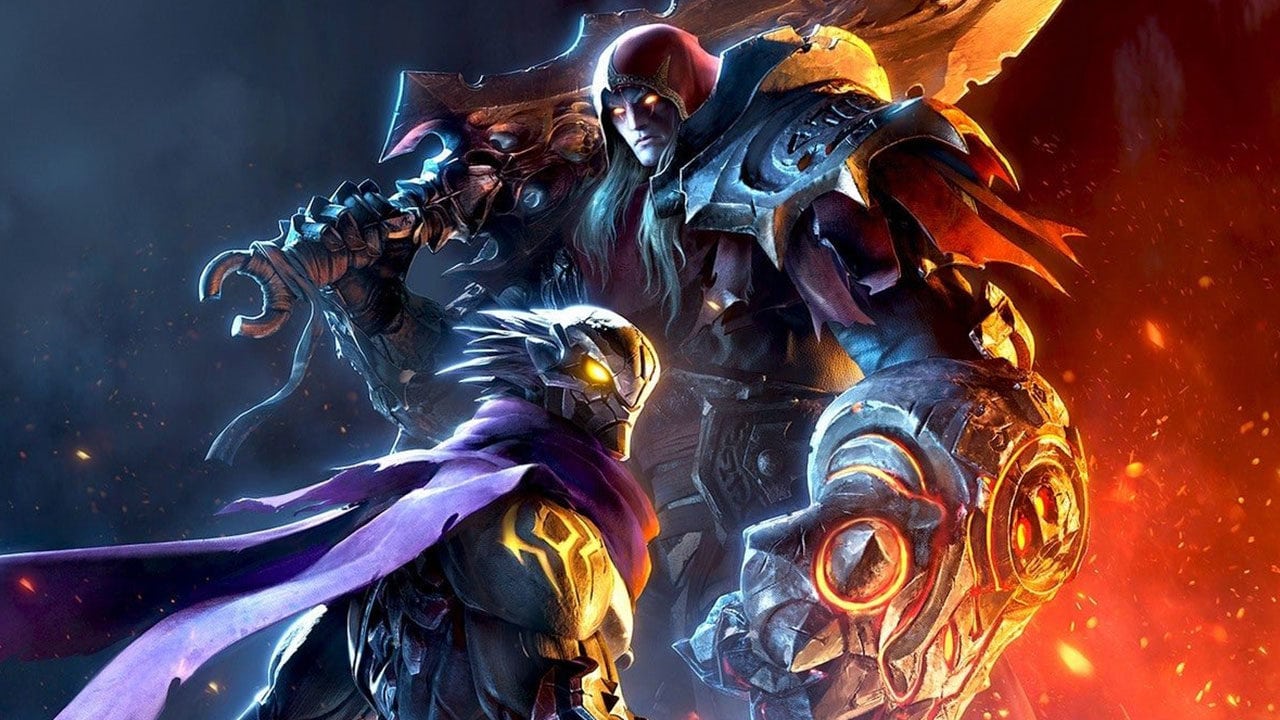
Everything has a beginning and videogames are not the exception. There are many series out there that start with an epic adventure, but sometimes they leave you wondering what happened that caused X character to do X things. Many different developers have taken this approach while keeping the formula the same, adding or improving mechanics seen in previous games, but it’s rare that the overall style of the game changes if it is a third-person, hack-and-slash game. It makes sense that the developer stays faithful to the roots that brought the game to the point of a prequel to give a more cohesive history. However, in this case with Darksiders Genesis, the formula was shaken completely and instead of being a game in the same vein of the previous games, it opted to use a Diablo-style, top-down view. If I can be honest I had my doubts in the beginning, changing from the style seen in Darksiders 1, 2, and 3 (waiting patiently for DS3 to be released on Switch) to a completely different style could’ve been a great idea or a great disaster, but I must say that the gamble paid off. Darksiders Genesis feels right at home with this change but it still has all the hack and slash action seen on the predecessors.
Story-wise, with DS Genesis, we are able to play with the fourth horsemen, Strife. He is sent on a mission with War to put a stop to Lucifer’s plans to upset the balance. This unlikely duo will brave all the challenges and huge bosses you encounter and will gain the help of familiar faces like Vulgrim and Samael. This basically sets up the events in the game gameplay wise. I am glad that the game retains the fun hack and slash shenanigans seen in the series with basic combos on the ground, to extensions in the air, and the tag team mechanic gives a fresh coat of paint to the game while playing solo. During gameplay you can switch between Strife and War on the fly. Strife is more your ranged attacker with his guns and different types of bullets and War is more of an up-close and personal attacker. Most of my playthrough was with Strife since he is the new character introduced to the series, and it feels just right to gun down the forces of Hell.
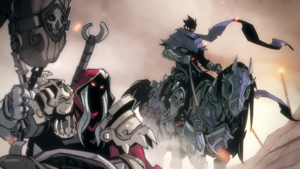
Strife has an interesting mechanic which, as you attack with your melee weapon or with your guns, a gauge starts to fill up. Once full, he gets a time-limited attack boost, but not only that, this also powers up the bullets he has equipped. To give more context about this, Strife can equip different types of bullets with different effects, such as the charged shot and laser shot bullets. Once the aforementioned gauge is full, depending on the bullet equipped, your attack could change, such as the charged shot where, instead of holding down the button to charge, each button press shoots a powered up charged shot. This is a really good mechanic and helps a lot during the boss battles. Because of this, at least for me, Strife is more fun to use than War but that doesn’t mean that War is a bad character as he has more base attack power than Strife and playing him helped me to deal the final blow to some enemies and challenges, so I think the game has a good balance in the usefulness of the character. Another helpful mechanic introduced are the Cores. When you defeat enemies, sometimes they drop coin-like tokens, these are cores that you can use to upgrade your character’s with things like increasing the health gauge or adding effects like leaving a trail of fire when you walk. These little touches make the experience, as a whole, unlike any other Darksiders game and for me that is a win.
Another aspect of the game that I enjoyed a lot was Strife and War’s relationship. You can see that the developers wanted to give character to the game since Strife is your jester, killing enemies with catchy phrases or even making fun of them, and War is your typical soldier that gets the task done no questions asked. Seeing how their personalities clash and affect each other is an interesting twist to the Darksiders formula, and I chuckled once or twice during their interactions. Performance-wise the game plays well. I noticed no slowdowns during my gameplay. I did notice that, when playing in handheld mode if there are lots of enemies on the screen, the textures were a little blurry, playing in docked mode I never noticed that. It is not something game-breaking or anything, but for some, it could be annoying. Hopefully there is a patch that can improve the resolution while playing in handheld mode.
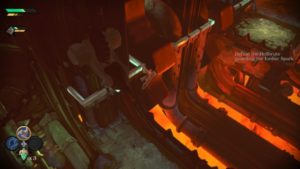
The game offers coop play, local and online. I must say that playing online had its moments, but some weren’t enjoyable. There were a couple of instances in which I joined another player’s game and my character was stuck in a wall and could not move. There was another time in which there was a serious lag between attacks (maybe it was my connection but I doubt it) and there was a time in which the enemies were not taking damage at all. Now I understand that Nintendo Switch Online is not the best so those issues I described could be related to my, or other players’ connections. Even so, that didn’t ruin the experience for me, and with local coop, I got my multiplayer itch taken care of. I can recommend this game to fans of the series and Diablo-style gameplay. It was a great introduction to the missing horsemen and has tons of challenges and high replay value in my opinion. Overall, a welcome experience worth checking out.
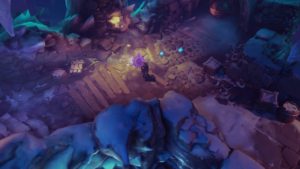
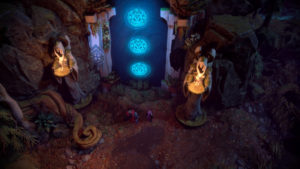
Disclaimer: A review key was provided

